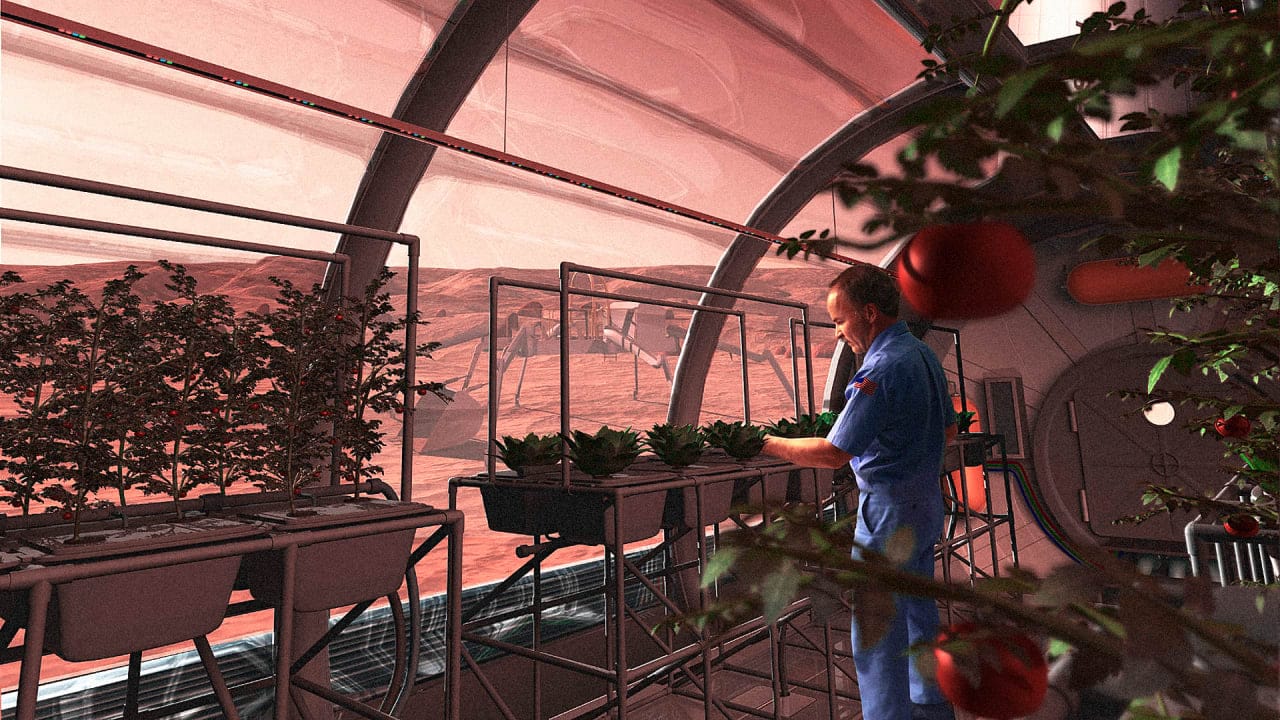NASA has long been at the forefront of space exploration, and its latest initiative focuses on a critical aspect of future human missions to Mars: the cultivation of nutritious plants. As humanity sets its sights on the Red Planet, the need for sustainable food sources becomes increasingly important. NASA’s plans to grow plants, particularly lettuce, on Mars are not just about providing fresh produce; they represent a significant step toward establishing a self-sufficient human presence beyond Earth.
The concept of growing food in space is not new. Previous missions aboard the International Space Station (ISS) have successfully demonstrated the feasibility of cultivating plants in microgravity. However, the conditions on Mars present unique challenges that require innovative solutions. The Martian environment is characterized by extreme temperatures, low atmospheric pressure, and high levels of radiation, all of which pose significant hurdles for plant growth.
To address these challenges, NASA is conducting extensive research to understand how plants can adapt to Martian conditions. One of the primary focuses is on the selection of plant species that can thrive in the harsh environment. Lettuce has emerged as a prime candidate due to its relatively short growth cycle and nutritional value. It is also a popular choice among astronauts, as it can be consumed fresh and provides essential vitamins and minerals.
NASA’s research includes experiments that simulate Martian soil and atmospheric conditions. Scientists are investigating the use of hydroponics and aeroponics, which involve growing plants in nutrient-rich water or mist, respectively. These methods could potentially reduce the need for soil and allow for more efficient use of water, a precious resource on Mars. By optimizing these techniques, NASA aims to create a sustainable agricultural system that can support long-duration missions.
In addition to the technical aspects of growing plants, NASA is also exploring the psychological benefits of having fresh food available to astronauts. The isolation and confinement of space missions can take a toll on mental health, and the presence of living plants may help improve the overall well-being of crew members. Fresh produce can provide not only essential nutrients but also a sense of normalcy and connection to Earth.
The success of growing plants on Mars could have far-reaching implications for future space exploration. If astronauts can cultivate their own food, it would significantly reduce the amount of supplies that need to be transported from Earth. This would lower mission costs and increase the feasibility of long-term habitation on Mars. Furthermore, the ability to grow food on other celestial bodies could pave the way for future colonization efforts, not just on Mars but also on other planets and moons.
NASA’s plans for growing lettuce and other nutritious plants on Mars are part of a broader vision for sustainable living in space. The agency is collaborating with various research institutions and universities to advance its agricultural initiatives. These partnerships are essential for pooling resources and expertise, ultimately leading to more effective solutions for the challenges of extraterrestrial farming.
As NASA continues to develop its plans, the agency is also mindful of the ethical considerations surrounding space exploration. The potential for introducing Earth-based organisms to other planets raises questions about planetary protection and the preservation of Martian ecosystems. NASA is committed to conducting its research responsibly, ensuring that any agricultural practices do not harm the Martian environment.
In conclusion, NASA’s ambitious plans to grow nutritious plants, including lettuce, on Mars represent a significant step toward establishing a sustainable human presence on the Red Planet. By addressing the challenges of Martian conditions and exploring innovative agricultural techniques, NASA is paving the way for future missions that could ultimately lead to the colonization of Mars. The successful cultivation of plants in space not only holds the promise of fresh food for astronauts but also enhances the overall viability of long-term human exploration beyond Earth.



